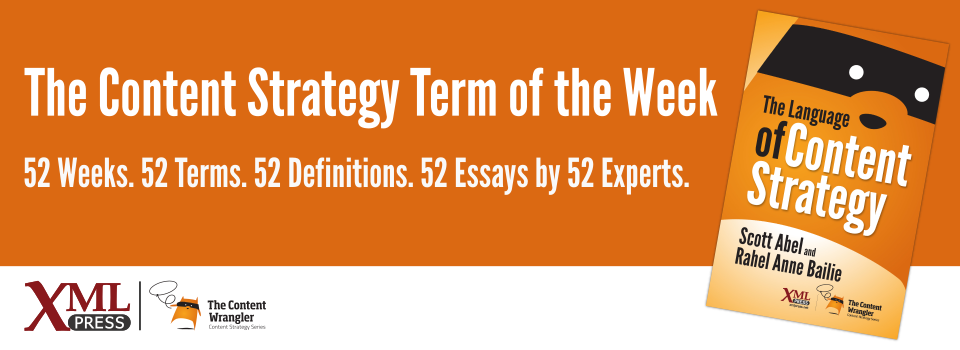What is it?
A specification for a structured, standardized, reusable, and mutually exclusive kind of information entity.
Why is it important?
Helps developers program for content functionality within a content management system (CMS), acts as the raw foundation for content templates, and aids in the construction of a content model that governs content architecture and use.
Why does a content strategist need to know this?
A content type is a specification for a structured, standardized, reusable, and mutually exclusive kind of information entity. Most content types are composed of smaller content entities, each with its own set of metadata attributes. Content types serve as the foundation for building templates that can be used throughout a website or other publishing channel.
Defining content types results in requirements and specifications for all content entities within a content management system (CMS). A content type might first be created as a flat design composite, but ultimately all content attributes will be expressed as metadata in XML and/or in a database record so the CMS can use them. A well-defined set of content types helps a content strategist build an information domain model that defines how all of the types (and the metadata and other information that they contain) relate to each other and can be manipulated by the CMS.
The needs of the organization should determine both the structure of content types and the governance of that structure over time. Defining metadata attributes for a particular content type is the basis for allowing that information to be reused efficiently in multiple contexts and styles across the website or other publishing channels. This metadata also allows for the use of different workflows for content creation, review, approval, publishing, archiving, and other actions within the CMS.
Examples of industry-standard content types can be found in Schema.org (microdata), hCard (microformats), Dublin Core (metadata), and several others.

